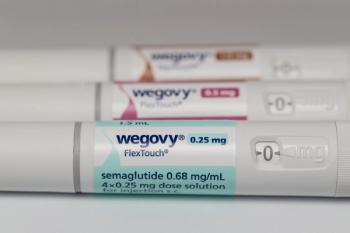
A real-world study found that semaglutide significantly reduced the risk of major cardiovascular events compared to tirzepatide.

A real-world study found that semaglutide significantly reduced the risk of major cardiovascular events compared to tirzepatide.

Pharmacists advance equity by personalizing care and addressing health literacy to meet patients where they are.

Pharmacists are uniquely positioned to close health literacy gaps through clear communication and intentional patient education.

Pharmacies face time, workload, and sustainability challenges when integrating social care, but support and reimbursement can make these efforts viable.

Small, evidence-based steps, resource awareness, advocacy, and interprofessional training can make health literacy a practical and sustainable part of pharmacy practice.
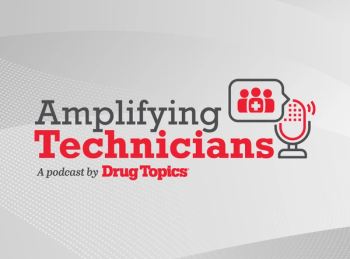
In this episode, host Taylor Watterson, PharmD, PhD, welcomes Josie Quick, CPhT-Adv, CSPT, BUS, an advanced certified pharmacy technician with over 20 years of experience.

Equitable pharmacy care means tailoring support to individual patients while using existing health literacy resources to make information more accessible.
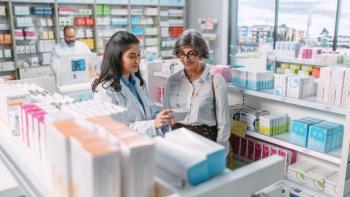
Cross-training pharmacy staff as community health workers enables pharmacies to effectively address health-related social needs and improve community health outcomes.

Pharmacists can advance health equity by tailoring patient communication and advocating for system-level strategies that support health literacy.

Sustainable CGM counseling combines pharmacist expertise, technician support, multimodal education, and policy advocacy to improve patient outcomes in diabetes care.

Pharmacists can close health literacy gaps by prioritizing clear communication and ensuring patients leave with confidence in managing their care.

Integrating health-related social needs programs into pharmacy practice strengthens patient care and positions pharmacies as vital public health partners.

Targeted education and hands-on experience are helping pharmacists gain the confidence needed to guide patients in continuous glucose monitoring.

Sustainable reimbursement and policy support are essential for community pharmacies to expand services, integrate care, and improve patient and population health outcomes.

Pharmacists play a key role in guiding patients on GLP-1 and dual agonist therapies, supporting safe use, managing adverse effects, and promoting long-term treatment success.
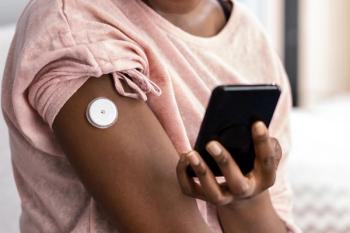
As continuous glucose monitoring becomes more common, pharmacists are essential in patient education but face barriers of time, training, and reimbursement.
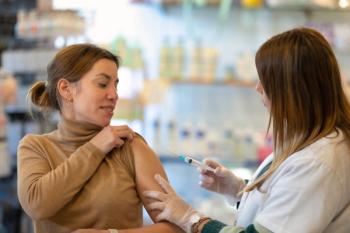
Early planning and strong partnerships enable community pharmacies to manage the surge in vaccines and treatments during influenza, COVID-19, and RSV seasons.

Community pharmacies can play a key role in addressing health-related social needs, but success requires overcoming different challenges.

Pharmacists can help patients dodge sunburns and soak up summer fun with the best OTC sun care picks.

AstraZeneca now offers FluMist Home, allowing eligible patients to receive and self-administer the flu vaccine entirely at home.

Cross-training pharmacy staff as CHWs enables pharmacies to address patients’ social needs effectively and sustainably, improving engagement and health outcomes.

A phase 2 trial found RDX-002 significantly lowered triglycerides and reduced weight regain in patients who had recently stopped GLP-1 therapy.

Integrating HRSN screening and referral services allows community pharmacies to address social and clinical needs and strengthen public health.
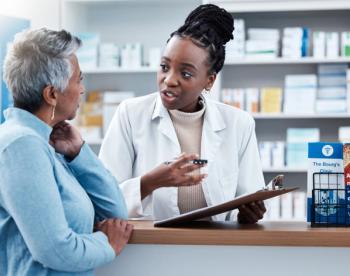
Leveraging staff support, multimodal education, and policy change can make CGM counseling more sustainable in community pharmacies.

Proactive planning, patient engagement, and strong community partnerships can help pharmacies manage vaccine demand and protect high-risk populations during respiratory illness season.

Collaboration between pharmacists and primary care providers enhances RSV vaccine uptake by improving patient education and trust.
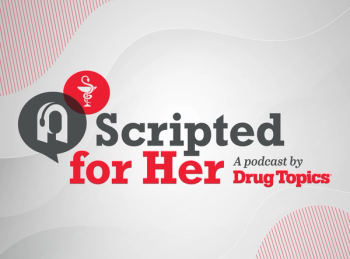
This episode explores the often-overlooked impact of grief on patients and pharmacy staff, highlighting the vital role pharmacists play in recognizing emotional health needs and providing compassionate support.

Pharmacists can build confidence with CGMs through hands-on experience, continuing education, and strong support from employers, peers, and manufacturers.
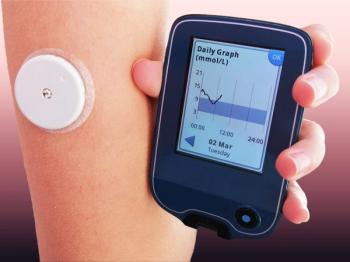
Pharmacists are key to CGM education, but time, training, and reimbursement remain major barriers.

At 72 weeks, patients who took the highest dose of orforglipron lost an average of 27.3 lb.
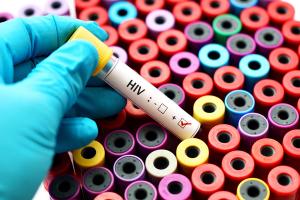
Published: July 24th 2024 | Updated:
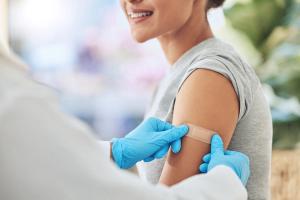
Published: October 26th 2024 | Updated:
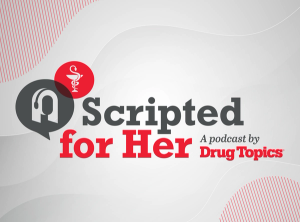
Published: July 8th 2025 | Updated:

Published: December 23rd 2024 | Updated:

Published: July 10th 2025 | Updated:

Published: November 5th 2024 | Updated: